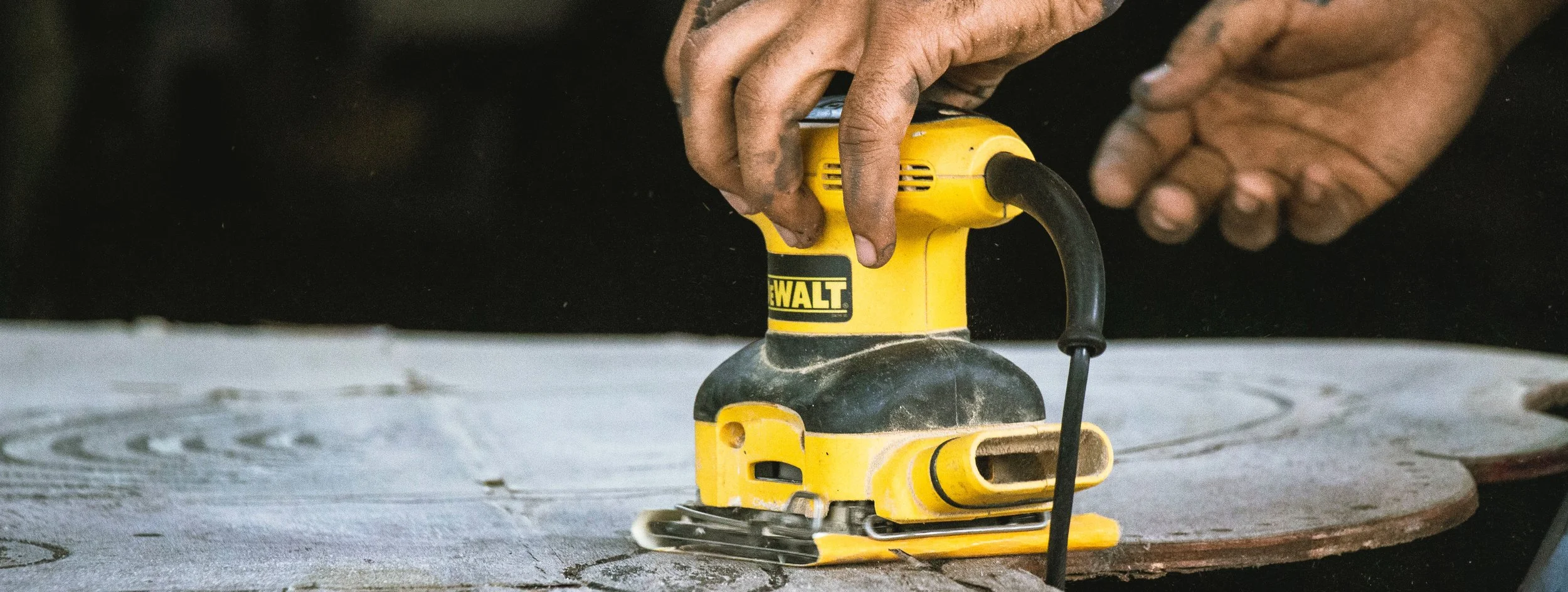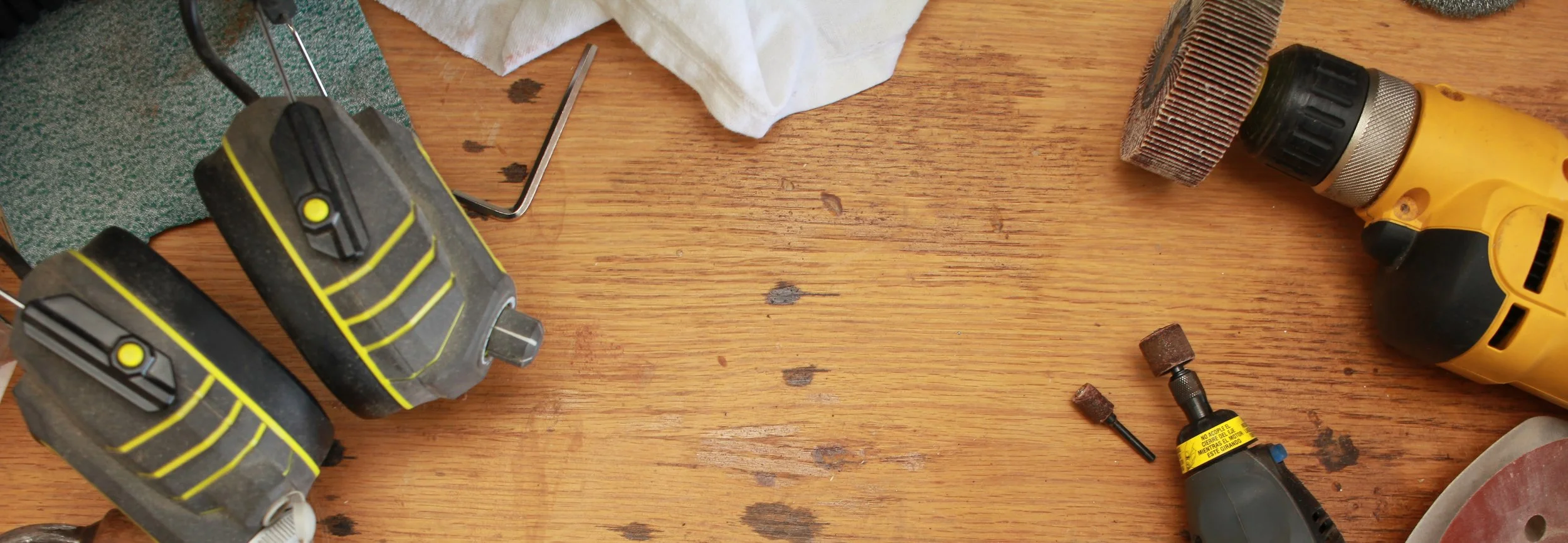Stripping: A Comprehensive Guide
Stripping: A Comprehensive Guide
Stripping paint and varnish from furniture. As with many things in life, there’s several ways to do it, but some ways are more effective than others. Some are quicker, cheaper, or better for delicate surfaces. If you have a piece of furniture you’d like to strip and refinish, read on! I’ll talk about each different method of paint & varnish stripping and the best use of them.
Before you get started:
Clean surface with a degreasing product, sugar soap is great, water and dish soap can also work.
Test for lead. If you think there’s even a slight chance that your piece of furniture was painted before the 1970s, do a test for lead paint. They’re cheap and easy to buy, and simple to do. If the test is positive for lead, follow the instructions found here.
Make sure you’re working in a well ventilated area, no matter what method you choose. Ideally, outside is best, but if not possible, then near an open window and keep the room door shut to keep dust and fumes from spreading around too far.
Wear protective clothing. Goggles, a fitted face mask with filters (I use this one), gloves and appropriate clothing are important for each method of stripping. You may also want to use ear protectors if sanding for a prolonged time.
Chemical stripper
Chemical paint and varnish stripper is good if you’re trying to avoid much dust or too much hard scrubbing, but it is often the more expensive option and creates bad fumes. If you’re stripping a piece of furniture that has a veneered surface, or delicate carving, you’re best using a chemical paint stripper. In the UK, the heavier duty chemical strippers are strictly regulated to industrial use, so Bartoline or Nitromors are the best chemical strippers commercially available. Make sure you wear gloves, goggles and a face mask, or work in a well ventilated area. Apply a thick layer with a brush, leave for 10 minutes, and then apply more stripper using a circling motion so it’s getting deeper into the paint or varnish. After an hour, it should be ready to be scraped off and the paint should be blistering. If the paint you’re scraping off is stubborn, it may need further applications or leaving on for longer. On flat surfaces, use a scraper to remove the stripper and paint into a rubbish bag or newspaper. If you’re stripping carved areas or smaller details, use a fine steel wool to remove the stripper. To remove remnants of the paint stripper, use paper towels and white spirit.
Heat Guns
I’m personally not a big fan of using heat gun and scraper to strip wooden furniture, as it’s very easy to accidentally burn the wood or make veneer crumble. It’s great for use on wood work around the house, like skirting boards, doors and banisters, but otherwise I would avoid using it on furniture. I have found it can be good for stripping paint off metal furniture, it’s worth doing a test area first, and be careful because metal gets hot (surprising, I know).
Sanding
Sanding is great for really tough varnishes, or for a final pass over furniture that you’ve stripped with other methods. You can hand sand, but a rotary or detail sander can be much quicker and give a more even sand. If you plan on painting furniture with an opaque paint, you can just ‘scuff sand’ with a 240 grit sandpaper before painting instead of stripping off the old finish completely. Unless you’re dealing with a particularly stubborn or thick finish, I don’t use sanding as the main method of paint stripping due to the dust it creates, even if you’re using a vacuum or extractor.
Scraping
My preferred method for removing varnish is a good quality metal scraper. I particularly like this Harris one or this Bahco scraper. You can also buy shaped scrapers for different surface shapes. It’s an affordable and time effective method, though care must be taken to not dig too deep into the wood.
Wire brushes and attachments
Wire drill attachments, Dremel attachments, or handheld wire brushes can be great for stubborn paint and detail areas. They’re particularly good for cleaning up metal attachments like hinges. They’re quite aggressive, so be careful using them on wood. You can buy them in different sizes and shapes, so can adapt to all kinds of shapes.
As ever, if you have any questions I’ve not answered above, please feel free to email me!
Disclosure: I only recommend products I would use myself and all opinions expressed here are my own. This post may contain affiliate links that at no additional cost to you, I may earn a small commission.




